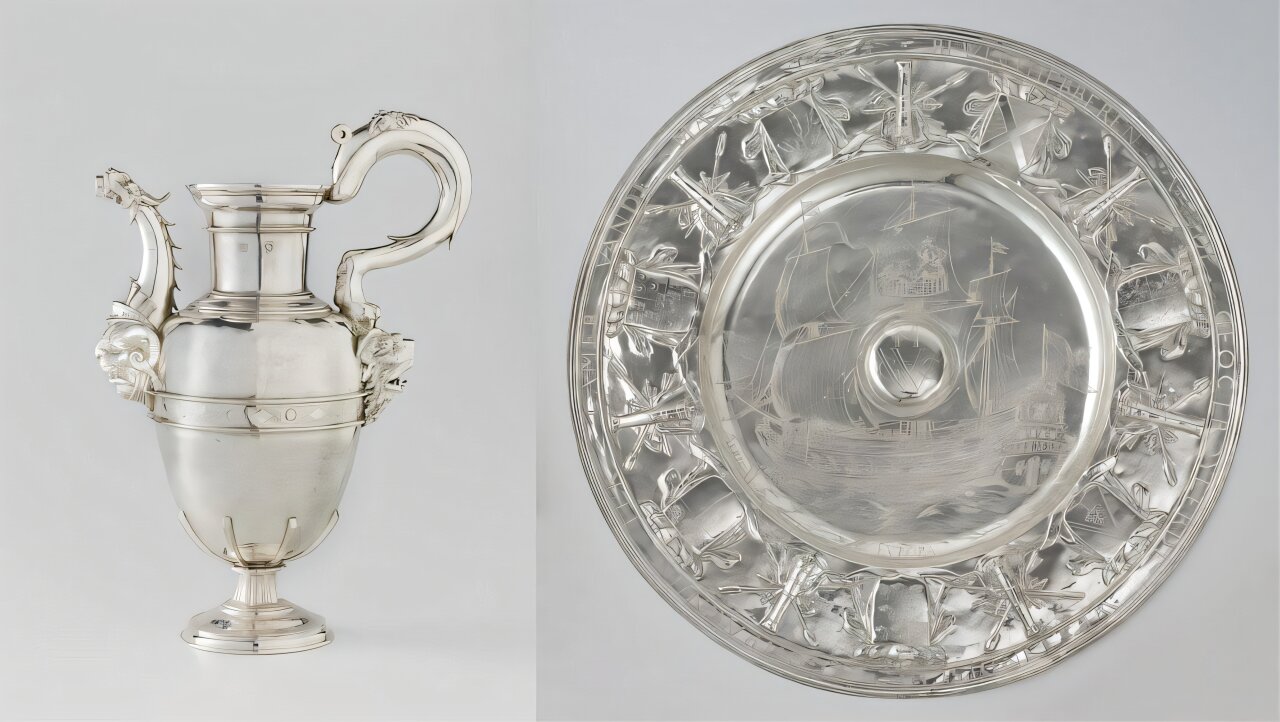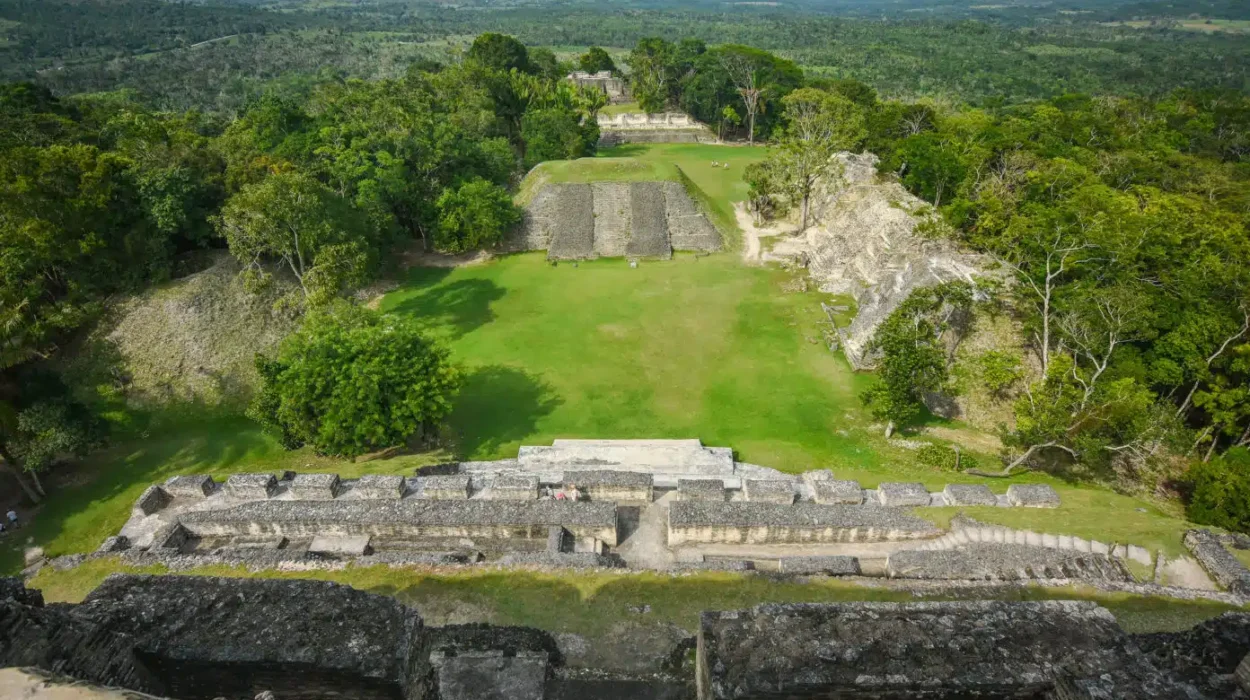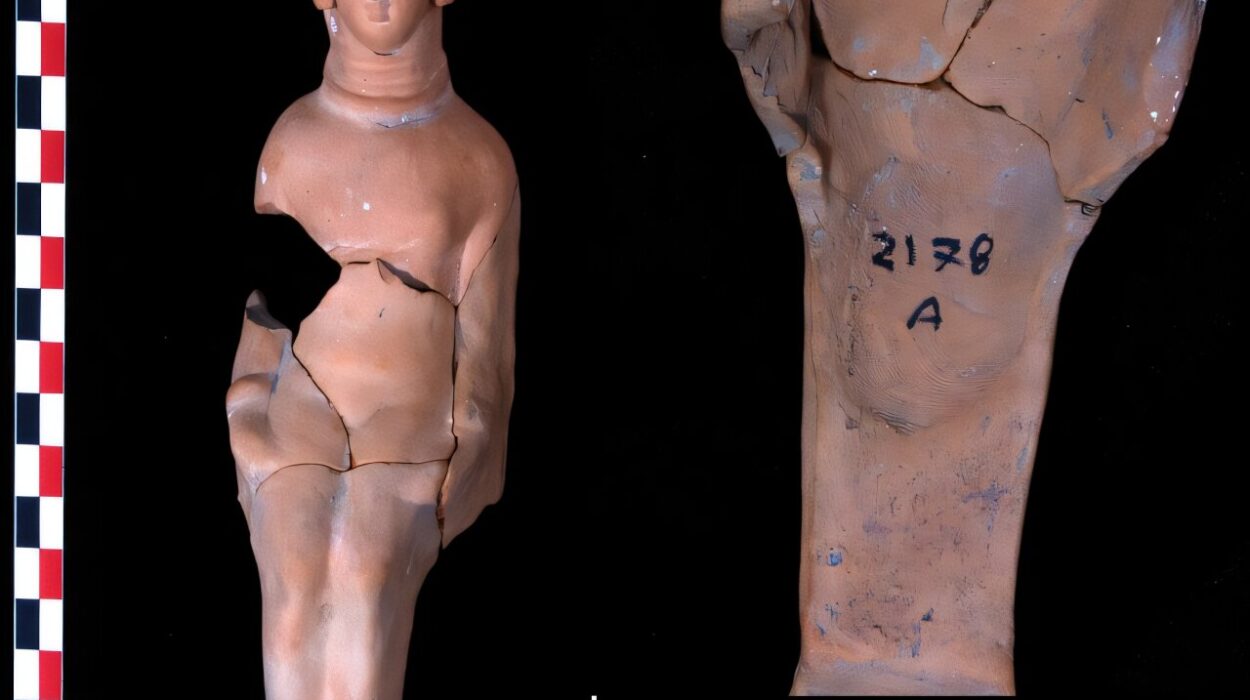The allure of treasure, myth, and the glory of naval victories has long captivated the public imagination. Among the many artifacts that have come to symbolize the Dutch Golden Age, the silver basin allegedly made from the treasure of the Spanish fleet captured by Admiral Piet Heyn in 1628 stands out. The legendary item has been the subject of much speculation and intrigue, often touted as a symbol of the triumph of the Dutch West India Company (WIC) and their victory over the Spanish. However, a new study led by Dr. Joosje van Bennekom and her team has cast doubt on the historical authenticity of this story.
This article explores the fascinating tale behind the silver basin, the role of Admiral Piet Heyn, and the recent research that sheds new light on its provenance, offering insights into the intersection of history, myth, and modern scientific analysis.
The Context: The Spanish Treasure Fleet and the Dutch Victory
In the early 17th century, the Spanish Empire, which controlled vast territories in the Americas, sent out treasure fleets to transport gold, silver, and other precious goods back to Spain. These treasure fleets, however, were vulnerable to piracy, and this vulnerability was keenly felt by the Spanish, who often found themselves at odds with other European powers seeking to undermine their dominance.
Among these powers was the Dutch Republic, which had been locked in a bitter struggle for independence from Spain in the Eighty Years’ War. The Dutch were eager to strike a blow against the Spanish Empire, and in 1628, Admiral Piet Heyn was given the task of intercepting the Spanish treasure fleet that was returning from the New World.
The Spanish fleet, laden with immense riches, including silver, gold, pearls, spices, and sacred relics, was captured by Heyn’s forces in a daring naval action. The treasure seized was worth an astronomical 11.5 million guilders at the time—equivalent to around 56.4 billion euros in today’s currency. This victory was a massive boost to the morale and financial stability of the Dutch Republic and marked one of the most celebrated naval victories in Dutch history.
Among the treasure seized during the battle was a silver ewer and a basin, both of which were believed to have been made from the treasure fleet’s silver. Over the centuries, these items became iconic representations of the Dutch victory, with the silver basin especially gaining fame as a symbol of the glory of the WIC and its conquest of the Spanish treasure.
The Artifact: Silver Basin and Ewer in the Rijksmuseum
Today, the silver basin and its companion ewer are housed in the Rijksmuseum in Amsterdam, where they are part of a collection that showcases the grandeur of the Dutch Golden Age. The ewer, in particular, has garnered significant attention because of its hallmarks and inscriptions, which provide valuable insights into its origins.
The hallmark on the ewer reads “Fo ENRIQZ,” indicating that it was crafted by the silversmith Francisco Enriquez. Another hallmark, which consists of a lowercase “o” and an uppercase “M” placed between two pillars of Hercules, dates the ewer to between 1606 and 1628. An inscription on the base of the ewer, written in Dutch, claims that it “was derived from the treasure fleet conquered by the gentleman Lieutenant Admiral Pieter Pieters Heyn, on the 16th of September 1628.”
This inscription links the ewer directly to the treasure captured by Heyn, adding weight to the claim that it was made from the silver of the Spanish fleet. However, the basin, which is supposedly part of the same set, tells a different story.
Unlike the ewer, the basin’s hallmark refers to the city of “The Hague,” and its inscription simply states, “Administrators of the patented West Indian Company at the Chamber of the Maze 1684.” The Chamber of the Maze was the governing body of the WIC, and the date suggests that the basin may have been created much later than the ewer—over 50 years after the capture of the Spanish fleet.
The Silver Basin’s Origins: Myth vs. Reality
The mystery surrounding the silver basin deepens when we consider the discrepancies in the historical records. Although the basin is described in early 19th-century sources as being made from the silver of the treasure fleet, it is not mentioned in historical records until 1808. The basin was described in an 1808 account as “a silver ewer and basin, the first found in the cabin of the Spanish Admiral when overtaking the treasure fleet by Admiral Pieter Pitersz Hein, after which the basin was later done honor.”
The phrase “done honor” in this description suggests that the basin may not have been a direct part of the treasure fleet’s silver but rather a later addition made to commemorate the historic event. By 1878, the basin and ewer were widely believed to have been made from the treasure fleet’s silver, as a popular magazine stated, “both made from silver captured from the treasure fleet.”
These accounts have helped perpetuate the myth of the basin’s origins, but they raise the question: is there any truth to the story?
Dr. Joosje van Bennekom’s Groundbreaking Research
In an effort to uncover the truth, Dr. Joosje van Bennekom and her colleagues embarked on a detailed study of the silver basin, the ewer, and other reference objects. Their goal was to determine the true provenance of the silver used to make these artifacts and to ascertain whether the items were indeed crafted from treasure fleet silver.
The team employed lead isotope ratio (LIR) analysis, a scientific method that involves studying the lead impurities in silver. Lead is often found in trace amounts in silver, and its isotopic composition can provide valuable clues about the geographical origin of the metal.
Between the 16th and 18th centuries, the two largest silver-producing regions in the Americas were the mines of Potosí in Bolivia and Mexico. In Europe, significant silver production centers included Bohemia/Jáchymov (modern-day Czech Republic), the Erzgebirge region in Germany, and Tyrol in Austria. Spanish-American (SA) silver, which came from the New World, began to replace European silver as the primary source by the mid-16th century.
The Dutch, known for their maritime prowess, often mixed silver from various sources in their workshops. This practice of reworking and remelting silver was common, and it played a crucial role in the study of the silver used in Dutch artifacts.
By analyzing reference artifacts with known provenances from the Americas, the Dutch Republic, and various European regions, the researchers were able to identify the origins of the silver in the ewer and basin. The results were revealing: the ewer was made of Mexican silver, likely from the treasure fleet. However, the basin was composed of mixed silver, which included both European and American sources, indicating that it was not made from the treasure fleet’s silver.
The Myth of the Silver Basin
The results of Dr. van Bennekom’s research suggest that the legend of the silver basin being made from treasure fleet silver is a myth. While the ewer does indeed seem to be crafted from silver taken from the Spanish fleet, the basin was created much later, with silver sourced from multiple locations.
This myth likely originated in the 19th century, during a period when emerging nation-states sought to foster a sense of national pride through historical narratives and symbols. The silver basin, with its association to the famous capture of the treasure fleet, became a powerful artifact in this narrative.
As Dr. van Bennekom notes, “In the end, it seems very logical that some mixing had to take place. Reworking SA silver in the Netherlands somehow should leave traces in the silver of the Dutch workshop.” The myth of the basin was therefore a product of its time—an emblem of Dutch pride and triumph, but not grounded in the actual events of 1628.
Conclusion: History, Myth, and the Legacy of Admiral Piet Heyn
The story of the silver basin and its connection to Admiral Piet Heyn’s victory is a fascinating example of how historical artifacts can be imbued with meaning over time. While the basin may not have been made from the treasure fleet’s silver, it still stands as a testament to the legacy of Dutch naval power and the significance of Heyn’s victory.
The research conducted by Dr. van Bennekom and her colleagues not only uncovers the true origins of the basin and ewer but also demonstrates the power of modern scientific techniques in unraveling the mysteries of history. In doing so, it challenges the historical narrative built around these objects and reminds us that myths, no matter how ingrained, must always be subject to scrutiny and revision in light of new evidence.
Ultimately, the silver ewer—crafted from Mexican silver—is the authentic relic of Admiral Piet Heyn’s triumph over the Spanish. The basin, while still an important artifact in its own right, represents the way history and mythology often intertwine, creating stories that, while captivating, may not always be entirely true. The legend may have been a product of 19th-century nationalism, but it also serves as a reminder of the enduring power of historical symbols and the role of objects in shaping collective memory.
Reference: Joosje van Bennekom et al, Historical narratives: Was Dutch admiral Piet Heyn’s silver basin made from ”treasure fleet” silver?, Journal of Cultural Heritage (2025). DOI: 10.1016/j.culher.2025.05.002






